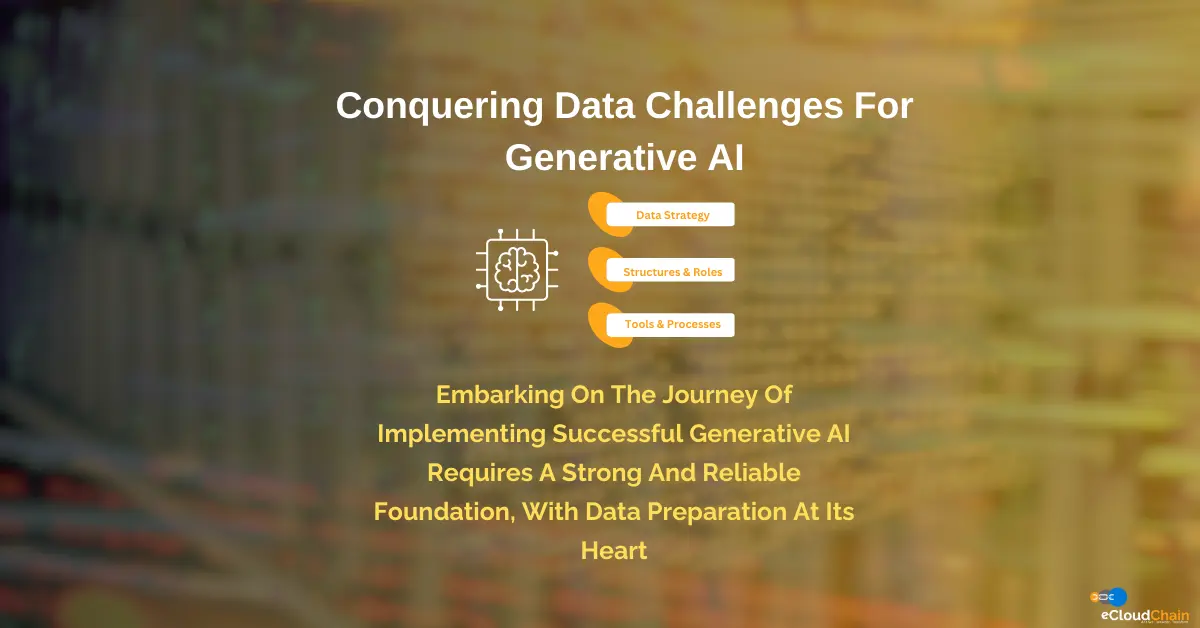
Conquering Data Challenges For Your Generative AI Success
Embarking on the journey of implementing successful Generative AI requires a strong and reliable foundation, with data preparation at its heart.
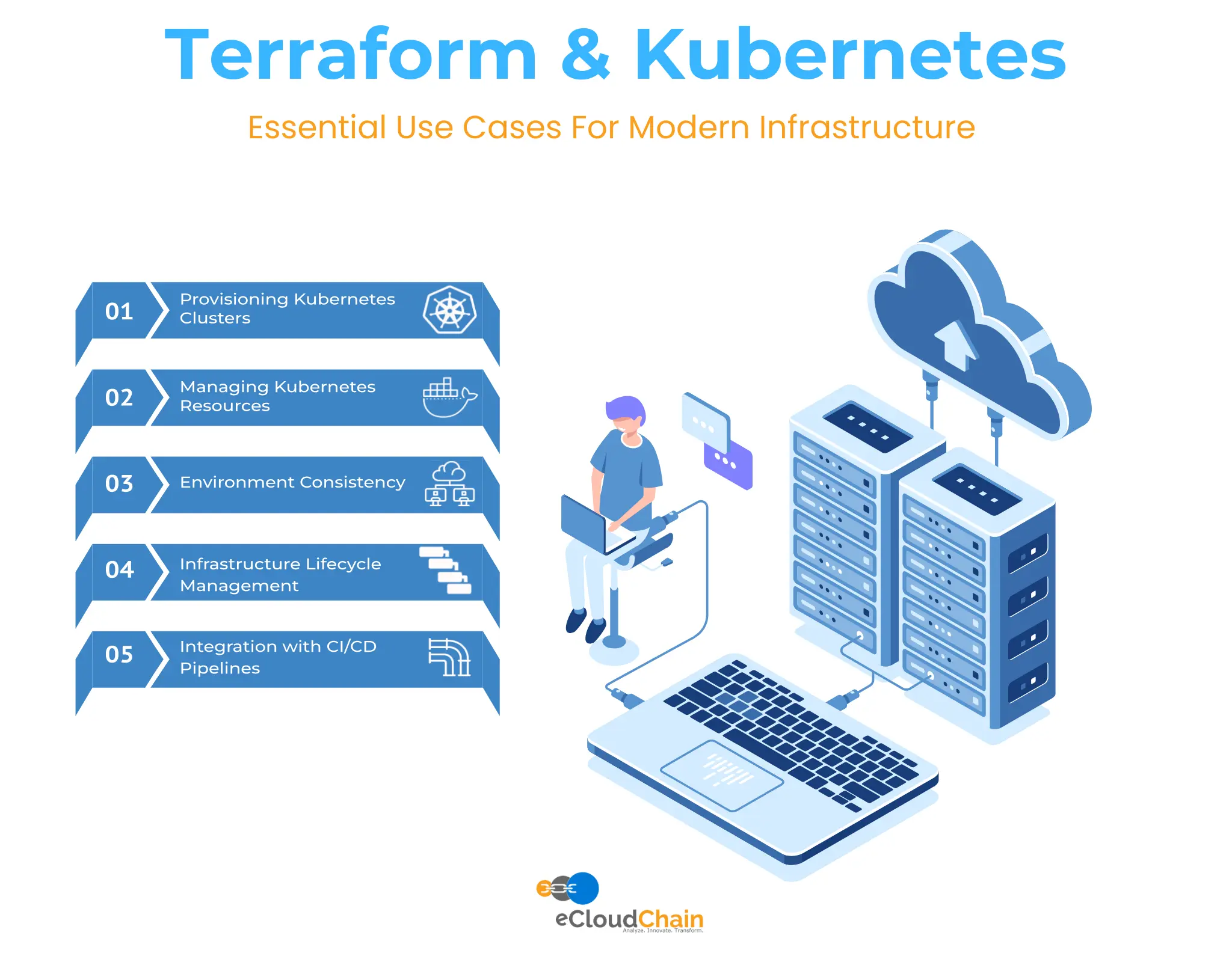
The adoption of Terraform and Kubernetes has revolutionized how organizations manage infrastructure, particularly in overcoming the limitations of traditional on-premises setups.
Terraform’s Infrastructure as Code (IaC) capabilities enable teams to provision and manage cloud resources with precision and consistency, reducing manual errors and increasing deployment speed.
Coupled with Kubernetes, which automates container orchestration and scaling, organizations can seamlessly deploy applications in dynamic environments, enhancing flexibility and responsiveness to market demands.
The rapid growth of these technologies is largely attributed to their ability to facilitate DevOps practices, enabling continuous integration and deployment pipelines.
As businesses increasingly migrate to cloud-native architectures, Terraform and Kubernetes provide the tools necessary for efficient resource management, cost optimization, and improved operational agility.
Following are the key use-cases of Terraform and Kubernetes for modern infrastructure management:
Use Case: Automating the setup of Kubernetes clusters on cloud providers like AWS (EKS), Google Cloud (GKE), or Azure (AKS).
Terraform can create and configure the underlying infrastructure required for Kubernetes, including virtual machines, networking, and security groups, as well as the Kubernetes control plane.
Provisioning Kubernetes clusters with Terraform simplifies the setup process by automating the creation of necessary resources.
For example, when deploying a cluster on AWS EKS, Terraform can define virtual machines, networking configurations, and security groups in code. This approach ensures consistency, reduces manual errors, and allows for quick replication of environments, enhancing operational efficiency and agility.
Use Case: Deploying and managing Kubernetes resources such as pods, services, deployments, and ingress controllers.
Terraform can manage Kubernetes resources through the Kubernetes provider, allowing you to define your Kubernetes configurations as code. This ensures consistent deployments and easier version control.
For instance, using Terraform, you can automate the creation of deployments and services in a Kubernetes cluster. This ensures consistency and simplifies updates, enabling quick rollbacks if issues arise. By integrating with CI/CD pipelines, Terraform streamlines the deployment process, enhancing operational efficiency.
Use Case: Creating identical development, staging, and production environments.
By using Terraform, you can easily replicate Kubernetes environments with the same configuration, ensuring consistency across different stages of development and deployment.
Environment consistency with Terraform in Kubernetes ensures that development, staging, and production environments mirror each other precisely.
For example, by defining all configurations in Terraform code, teams can replicate a Kubernetes cluster setup across different environments effortlessly. This eliminates discrepancies and minimizes “works on my machine” issues, fostering smoother deployments and more reliable application performance.
Use Case: Updating and maintaining Kubernetes resources alongside cloud infrastructure.
Terraform’s state management allows you to track changes in your infrastructure over time, making it easier to manage updates, rollbacks, and resource changes without manual intervention.
Infrastructure lifecycle management with Terraform allows organizations to track and manage changes in their Kubernetes environments effectively.
For example, when updating a cluster configuration or scaling resources, Terraform’s state management provides a clear view of the current infrastructure. This enables teams to apply changes consistently, ensuring stability and facilitating easy rollbacks if issues occur, thereby enhancing operational control.
Use Case: Incorporating Terraform into CI/CD workflows for continuous deployment.
Terraform can be integrated into CI/CD pipelines to automate the provisioning and deployment of Kubernetes applications, ensuring that infrastructure changes are applied consistently alongside application updates.
So Integrating Terraform with CI/CD pipelines enhances automation in Kubernetes deployments.
For example, when a developer pushes code changes to a repository, a CI/CD pipeline can trigger Terraform to update the relevant Kubernetes resources automatically. This streamlines the deployment process, reduces manual intervention, and ensures that infrastructure changes align with application updates, fostering faster and more reliable software delivery.
Use Case: Managing Kubernetes clusters across multiple cloud providers.
Terraform’s multi-provider support allows organizations to create and manage Kubernetes resources across different cloud platforms, enabling flexibility and reducing vendor lock-in.
Multi-cloud deployments with Terraform enable organizations to manage Kubernetes clusters across different cloud providers seamlessly.
For instance, a company may deploy applications on AWS EKS and Google GKE simultaneously. Terraform allows teams to define and provision resources consistently across these platforms, enhancing flexibility and reducing vendor lock-in while ensuring that applications run smoothly regardless of the underlying infrastructure.
These capabilities, along with other use cases such as cost optimization and enhanced security, empower organizations to tackle modern infrastructure and application deployment challenges effectively.
By leveraging these tools, businesses can overcome issues related to cost, complexity, and scalability while maintaining a future-proof infrastructure.
Embracing Terraform and Kubernetes together positions your organization for innovation and growth in an ever-evolving technological landscape.

Embarking on the journey of implementing successful Generative AI requires a strong and reliable foundation, with data preparation at its heart.
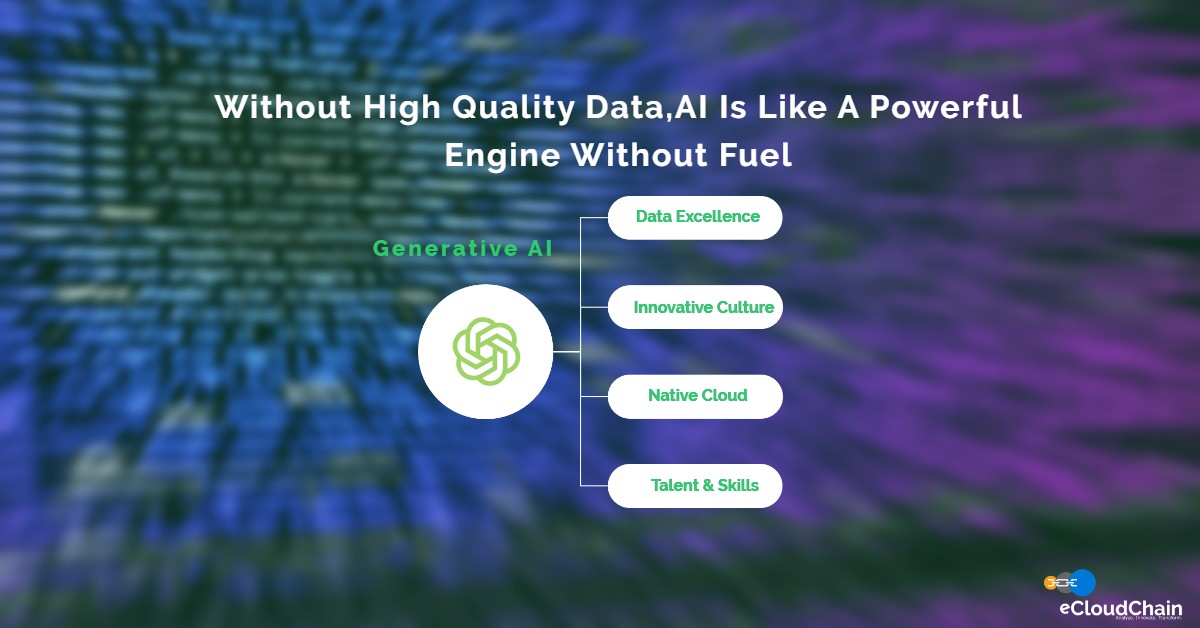
No AI strategy can thrive or endure without high-quality data because data is the lifeblood that fuels generative AI…
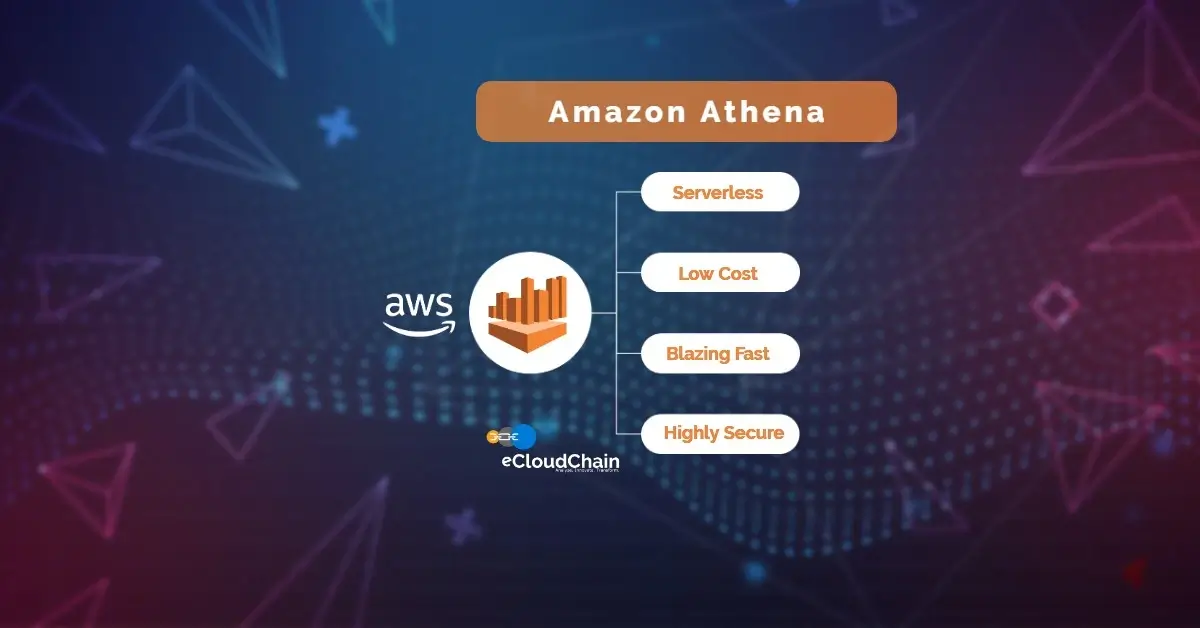
Amazon Athena lets you query data where it lives without moving, loading, or migrating it. You can query the data from relational, non-relational…
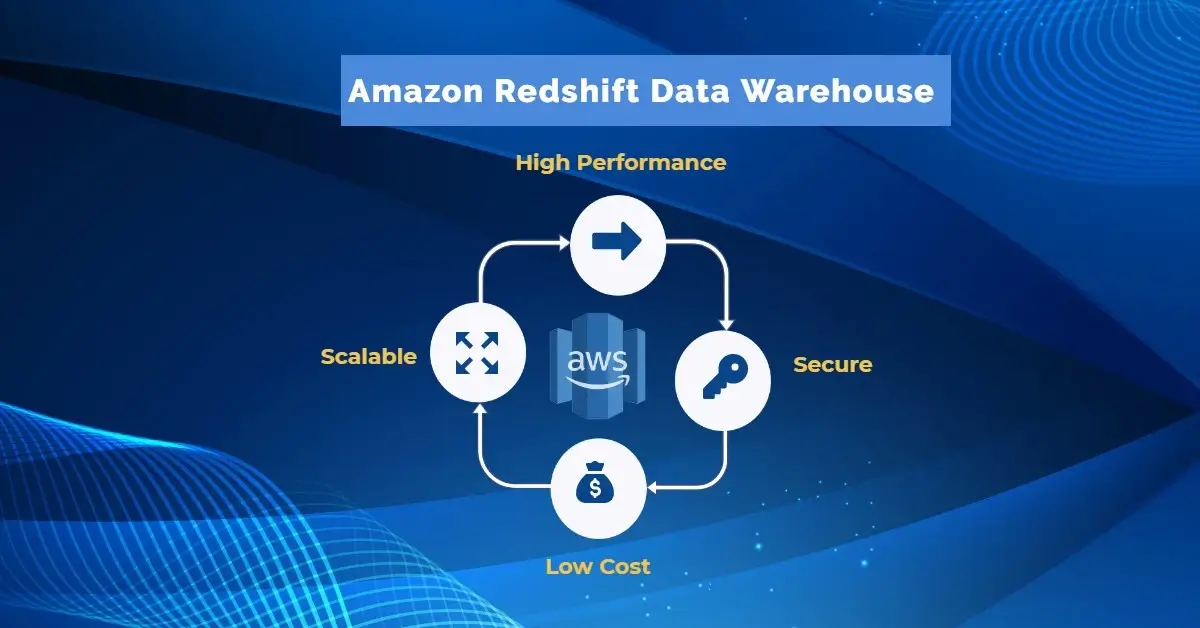
Amazon Redshift is a cloud-based next-generation data warehouse solution that enables real-time analytics for operational databases, data lakes….
Navigating New Horizons With Gen AI Stay At The Forefront of AI-driven Innovation We excel in developing custom generative AI applications that seamlessly integrate with
Cloud Cost Optimization Have A Greater Control Over Your IT Spending A well-defined Cloud Cost Optimization Strategy can help you to implement the cloud best
Data Lake Solutions Establish a Central Data Lake for Your Data Management Needs Unlock the full potential of your data by leveraging our comprehensive data
Accelerate your Digital Transformation Find The Right Way Forward with Cloud Proof of Concepts(POC) Rapid Solution Prototyping Allows You To Minimize Any Unforeseen Risks and
